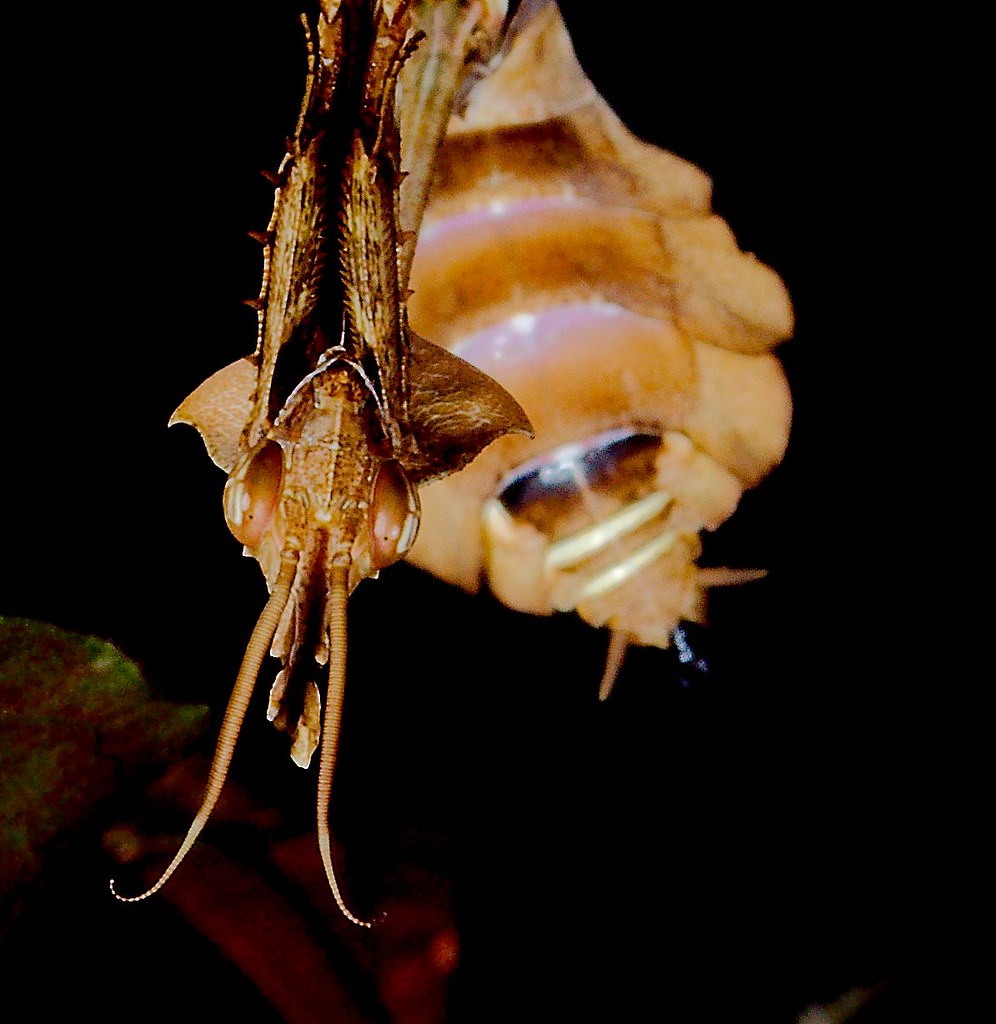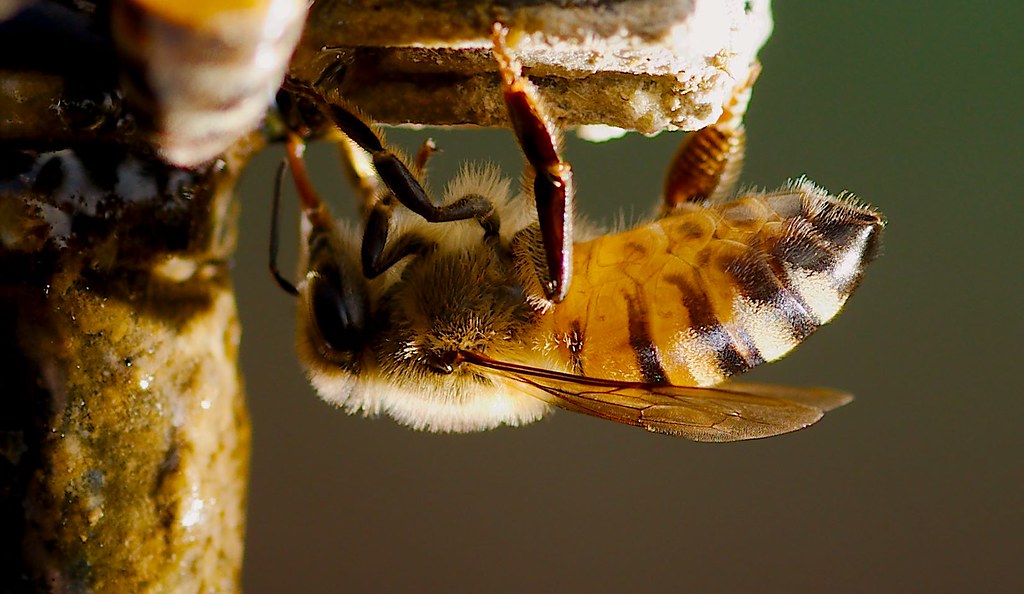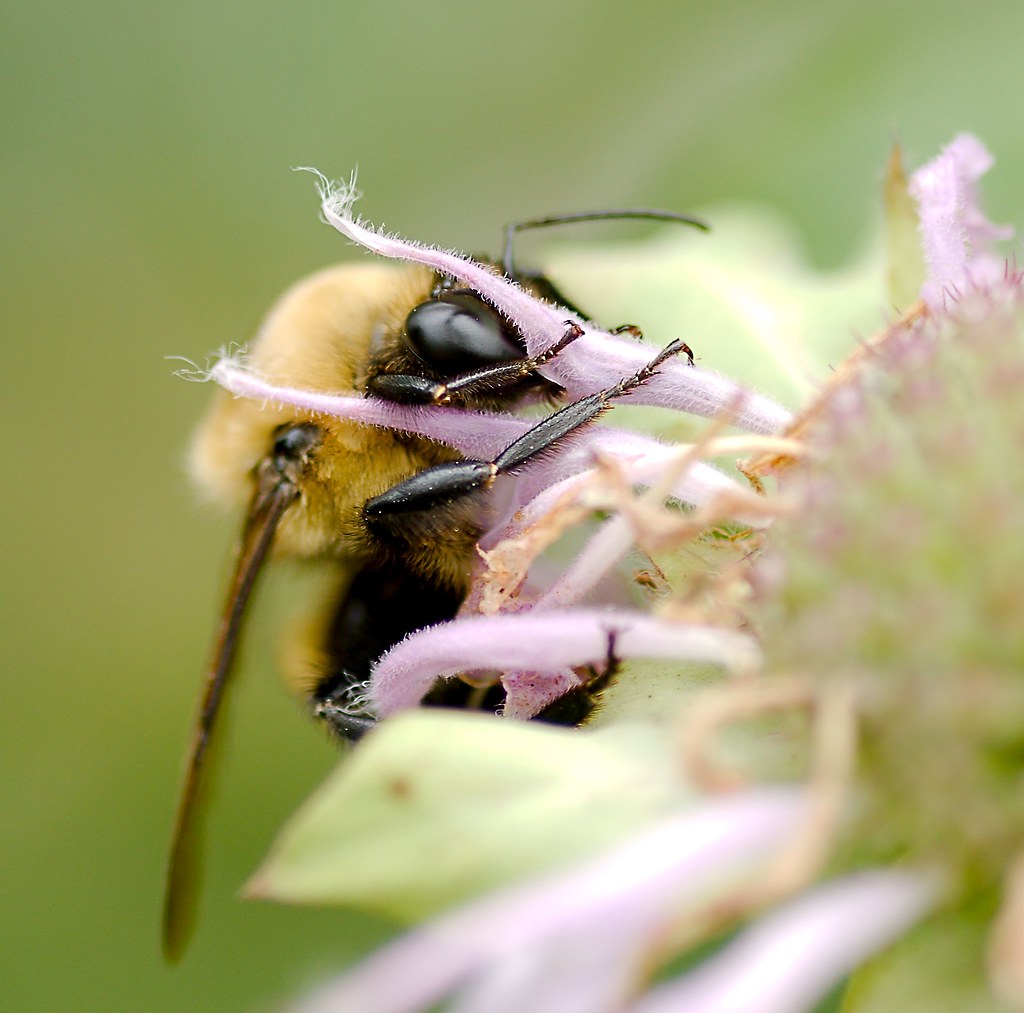
In nature, yellow and black stripes mean “Warning! Dangerous!”. In the human world, it means “Welcome to Schiedam, Holland”.
Category Archives: Insect
Yellow Bellied Beetle (Pachnoda flaviventris)
Glasswing
Another view of the glasswing from yesterday. Notice all the little hairs (probably not the right name) on the wings. You can see them on other butterflies if you look. On these though, since there are no scales, it’s a lot easier to see how the wing is constructed.
You can also see how, since they live much more placid lives than the other butterflies, they must play sports to keep things interesting and to demonstrate their fitness to mate. This one is playing the role of the hoop for Ōllamaliztli.
Water Strider (Gerris marginatus)

Waterstriders are gentle but highly protective. There are large, a whopping 12.7 millimeters long and are designed to float across the top of the water due to their long legs.
When waterstriders enter battle, they have an appendage-like stinger that comes out of their mouth. This stinger is well adapted to combat their mortal enemies, The Garthim. Once stung, they use their long legs to push The Garthim over so they sink beneath the waves and drown.
They are used as mounts throughout the world of Thra.
Glasswing Butterfly

There are animals that you read about, but never really expect to see. Some of them are rare. Some are extinct. Some are just mythical. Others though, are just really really hard to see.
This is a glasswing butterfly. They were on my list of things to see when I went to central America. While I was able to see several blue morphos (another classic butterfly of the area), I was constantly foiled in my attempts to see the glasswing. Since then, every butterfly garden I visited, I’d ask if they had glasswings. The National Zoo claimed to have them, but I never found them.
Then, in Phoenix, I visited the Butterfly Wonderland. I had called first and asked if they had glasswings. Upon receiving an affirmative, I set aside an afternoon and went a-photographing. Upon getting there, I saw many different butterflies and moths (why isn’t it “mothes”, by the way). What I did not see, however, was the glasswing.
The issue, of course, was that I knew they existed and I knew one was around, but having never seen one, I didn’t know what to look for. I knew that they were butterflies who lacked scales on their wings and, therefore, had clear wings like most insects do. What I didn’t know was how hard it would be to find an animal the size of a dime in a 10,000 square foot (929 square meters for those of you who use a real measuring system). Moreover, I didn’t know hard it would be if the animal were effectively invisible.
This, really, is the difference between intellectual learning and experience. My intellect told me: “You know they’re here, you sorta know what they look like. Just be patient and you’ll see one eventually.”.
Now that I’ve done it, experience would say:
“These butterflies are small. Really smaller. Much smaller than any of the other butterflies you see. They’re also clear. This means that, unlike the other butterflies who have traded survival opportunities for increased chances of mating, these ones have nothing to gain by being out in the open and if they’re too high up, they run the risk of being blown away. So look for them low to the ground, under other plants. Scan the area with your eyes and remember where the bright, obvious butterflies are. Then look for movement with your peripheral vision. They don’t move much, so be patient and look around each area for at least five minutes before moving on.”
The first time I looked for them when I knew they were there, I spent three hours. Once I lost it and had to re-find it, I had learned enough that it only took me ten minutes.
That is why experience matters.
Butterfly
Butterfly Tongue
Zebra Bug (Eurycotis dicipiens)
Giant Asian Mantid (Hierodula membranacea)

Look at the spines on the arms. If they weren’t there, the mantis would need a much stronger grasp to hold onto the prey. This would require more energy, which would require more prey, so evolving the spines is an energy-saving mechanism. Evolution, like Economics, is basically Thermodynamics applied to a more narrow field.
Swallowtail Butterfly
Atlas moth (Attacus atlas)
Bee
Bee
Dragonfly

Many people claim to appreciate dragonflies but they do no actual work, do not get along with other dragonflies other than trying to mate with them, take breaks in light to show themselves off to the world (sometimes flapping their wings to draw attention to themselves) and they’ve been doing it since before you were born.
Dragonflies are the ultimate hipsters.
Insect

One of the things I like about photography is how the process allows me to see things that I otherwise would not. Here, you can see the little bits of pollen sticking to the insect. You can see the the fine structure on the wings and the small segments on the legs. If you’re really careful, you might be able to notice all of this in the wild before the bug flies away, but it’s significantly easier on the screen.
I have hopes to eventually experiment with UV and IR photography and get even closer to seeing invisible things.
Bee
Bee
Caterpillar
Prickly Stick Insect (Extatosoma tiaratum)
Violin Mantid (Gongylus gongylodes)

Somewhere in the deep woods lives a creature. This creature is a master of stealth. It will, in the dusk of the overhanging leaves, slowly and carefully stalk its prey. It has lightning-fast reflexes, a strong, piercing, mouth and can hunt by climbing unpside down so it is not noticed by its prey. If you are ever in the jungles of India, be aware. If you’re quick witted, keep your eyes on your surroundings and are extremely lucky, you just might get out alive … after having seen the violin mantid catch and eat a fly.












